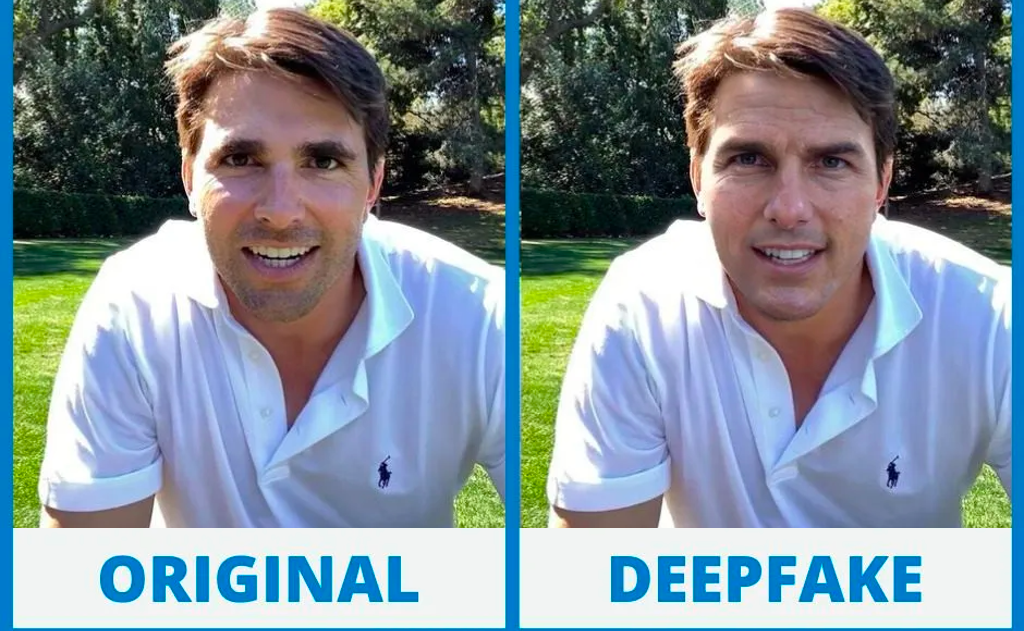
Video Personalization Using Deepfake Technology
Discover how deepfake technology is also being used positively. For instance, video personalization is now achievable at scale thanks to tools like AI Likeness.
Deepfakes have been in the spotlight for all the wrong reasons. But is there a positive side to them? Absolutely. Deepfake technology holds immense potential and can be utilized in numerous beneficial ways. It’s poised to play an increasingly constructive role in various domains such as Ecommerce, healthcare, art, history, and more.
Like any technology, deepfakes have their pros and cons. They’ve gained notoriety for malicious uses, like creating realistic videos of public figures making false statements. For instance, during the early stages of the Russian invasion of Ukraine, a deepfake video of Ukrainian President Volodymyr Zelenskyy, seemingly urging his troops to surrender, was spread on social media and even planted on a Ukrainian news site by hackers. Similarly, Jordan Peele crafted a deepfake video of former US President Barack Obama to highlight the potential risks of deepfakes in disseminating political misinformation.
However, it’s essential to recognize the positive applications of this technology. Here are some ways deepfakes can be used for the greater good:
1. Personalization
Deepfakes can revolutionize personalization, especially in the commercial sector. Video personalization is a prime example of deepfake technology’s business application. Brands and influencers aim to connect with their audience on a personal level, and video personalization enhances this connection. Without AI and deep generative models (the foundation of deepfakes), achieving this at scale would be unfeasible.
AI Likeness exemplifies how video personalization at scale can be achieved using AI and deepfake technology. AI Likeness empowers businesses, especially in the ecommerce realm, to send personalized video messages to their entire customer base. Record once, and the AI can produce multiple unique versions of the base video, addressing each customer individually.
2. Medicine and healthcare
Deep generative models can significantly benefit the healthcare sector. Medical researchers often face challenges due to data scarcity. Generative adversarial networks (GANs), the same technology behind deepfakes, can generate realistic medical images, aiding in better diagnosis and treatment.
3. Art and History
Deepfakes can breathe life into historical events, allowing us to connect with the past. For instance, a Scottish company, CereProc, recreated a speech that former US President John F. Kennedy was scheduled to deliver in Dallas on the day he was assassinated. They trained deepfake algorithms on audio recordings of JFK to reproduce the speech in his voice.
4. Media and entertainment
Reuters recently introduced synthesized news reports using deepfake technology, generating news reports tailored for individual viewers. Additionally, a UK-based NGO, Malaria No More UK, utilized deepfakes to produce a promotional video featuring soccer superstar David Beckham speaking in nine different languages to raise malaria awareness.
Want to see AI Likeness in action? Provide your name, and we’ll send you an AI-generated personalized video.

